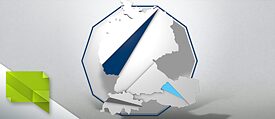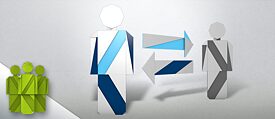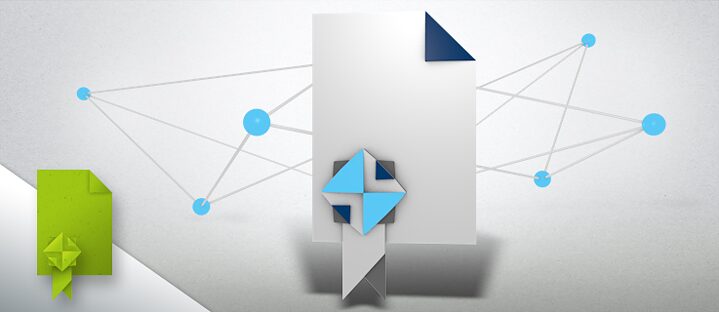Current trends in areas such as politics, business, the media landscape or indeed didactics are posing ever new challenges for teachers and learners of German as a foreign language (GFL). The “Viewpoints on the Learning and Teaching of German as a Foreign Language” issued by the Goethe-Institut’s Language Advisory Board aim to highlight current problems, stimulate reflection and offer possible learner-oriented solutions for practical application.
In 1998, the Goethe-Institut’s Language Advisory Board published its “Theories on the Teaching of German as a Foreign Language”, a paper which for the first time outlined key issues relating to the learning and teaching of German as a foreign language (GFL). Requirements for foreign language teaching have evolved further in the meantime. What is more, new knowledge is now available about the different factors which influence language learning.
The “Viewpoints on the Learning and Teaching of German as a Foreign Language” issued by the Language Advisory Board are intended to provide orientation for teachers of German as a foreign language around the world. They are designed to help teachers see how their specific teaching situation fits into a more general context. Providing food for thought, they intend to provoke reflection and discussion – and to invite teachers to engage more deeply with the subject by recommending further reading.
The "Viewpoints on the Learning and Teaching of German as a Foreign Language" were jointly developed by the Goethe-Institute's Language Advisory Board. Their authors are Hans-Joachim Althaus, Jannis Androutsopoulos, Christian Fandrych, Ingrid Gogolin, Georges Lüdi, Udo Ohm, Claudia Riemer and Michaela Sambanis. The following questions were the central focus:
Which German should be taught nowadays? Is there just one German, or several? Who learns German and why, and what consequences does this have for German teaching? Which abilities do learners already bring with them these days? Which research findings about language learning are of particular interest? And what do language teachers nowadays need to know and which skills do they require in order to give learner-oriented lessons?
The individual subject areas:
- Which German?
- Who Learns German?
- How is German learnt?
- Learning Environments and Forms of Learning
- What Are the Latest Findings of Research into Language Learning?
- Multilingualism
- Training of German Teachers



















